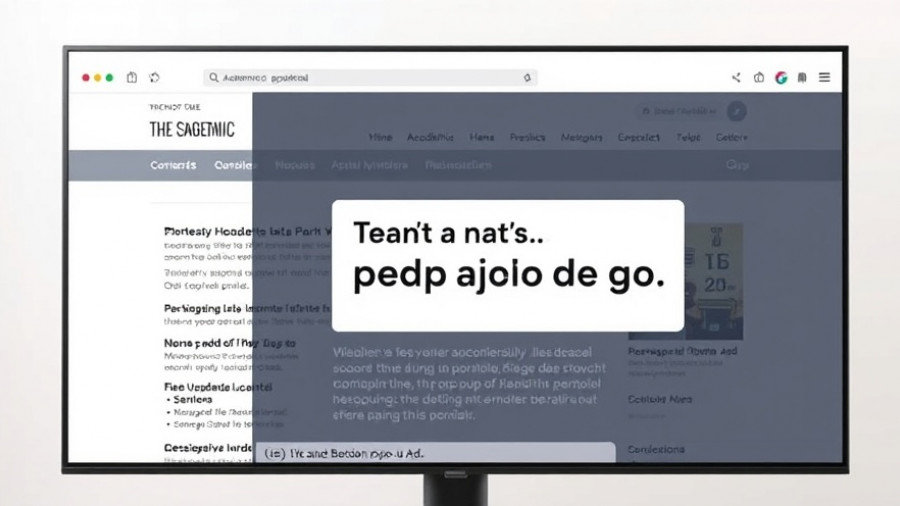
Revolutionizing Productivity: Microsoft’s New Copilot Benchmarks
In an era where productivity tools are becoming increasingly essential for businesses, Microsoft is adapting its offerings to help organizations effectively deploy artificial intelligence (AI) solutions. The tech giant has introduced Copilot adoption benchmarks within its Viva Insights tool, which allows managers to monitor which teams are embracing AI capabilities the fastest. This advancement not only showcases Microsoft’s focus on enhancing workplace productivity but also raises questions about privacy and performance comparisons among corporate teams.
Understanding the Copilot Adoption Insights
Microsoft’s Viva Insights aims to provide a comprehensive view of employee activities and how effectively teams are utilizing AI solutions like Copilot. By analyzing usage metrics across various Microsoft applications, organizations can see how their adoption rates compare against industry standards and peers. This benchmarking tool assesses the percentage of active Copilot users, the frequency of usage across different applications such as Microsoft Teams, Word, and Excel, and even provides a weighted average based on organizational roles.
According to Microsoft, an “active Copilot user” is defined as a person who has engaged with Copilot functionalities intentionally within the specified apps. With these insights, leaders can identify adoption trends and find opportunities to boost engagement, potentially unlocking more value from their software investments.
Benefits of Tracking Copilot Usage
Implementing Copilot adoption benchmarks serves a dual purpose: helping organizations optimize their AI usage and reinvigorating employee engagement. By identifying departments or teams that are lagging in adopting these tools, managers can take targeted actions to encourage broader participation. For organizations that have invested in Copilot licenses, this makes perfect sense; tracking usage ensures that the value of these costly licenses is being realized.
Furthermore, these insights can lead to more tailored training experiences. For instance, if certain teams utilize specific Copilot features less frequently, they can receive additional support or demonstrations that emphasize these tools' benefits. This focused approach could help overcome barriers of resistance among employees who may be less familiar with AI-driven processes.
The Privacy and Ethical Dilemma
However, while this tool presents significant benefits in terms of workplace productivity, it also invites scrutiny regarding privacy and employee morale. The concept of comparing team performance could inadvertently foster a competitive atmosphere, creating anxiety rather than collaboration. Critics argue that such a leaderboard system might pressure teams to use Copilot indiscriminately, prioritizing quantity over meaningful engagement.
Moreover, with issues surrounding workplace surveillance becoming more prominent, organizations must tread carefully. Microsoft asserts that the benchmarking data is anonymized, ensuring that no individual employee’s data is disclosed. Yet, the implications of monitoring employees’ AI adoption still raise ethical questions about autonomy and oversight.
The Future of AI Tools in Organizations
As Microsoft rolls out the benchmarking tool more widely later this month, companies may start to see variations in how they wield AI technologies across their operations. There is a tangible potential for businesses to become more agile and informed in their decision-making processes, as they will have quantitative data guiding their Copilot strategies.
Yet, while automation and AI promise to enhance productivity in significant ways, it is equally vital for companies to maintain a healthy workplace dynamic that encourages innovation without creating undue stress among employees.
Final Thoughts and Actionable Insights
The integration of AI tools like Copilot within operational frameworks is undeniably crucial for modern enterprises. However, without careful implementation that considers both the technological and human aspects, companies might find themselves struggling to balance efficiency with ethical employee treatment. As organizations adapt to these changes, keeping lines of communication open about the implications of such tools will be vital in fostering a supportive and engaged workplace.
 Add Row
Add Row  Add
Add 




Write A Comment